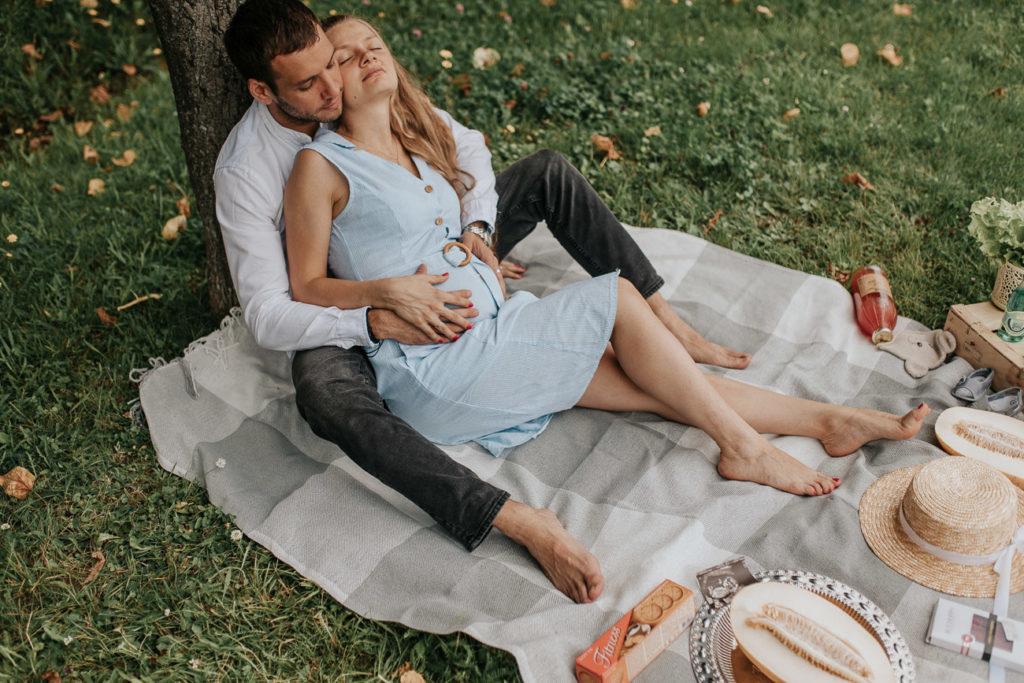
Core Lighting Approaches
- Natural Light Mastery: Focuses on utilizing available ambient light, understanding its direction, quality, and intensity. Emphasizes precise timing and positioning for soft, flattering illumination without artificial sources, enhancing authenticity.
- Artificial Light Control: Involves using strobes, continuous lights, or LED panels to shape and direct light precisely. Offers unparalleled consistency and creative freedom, allowing photographers to overcome challenging natural conditions.
- Mixed Lighting Techniques: Combines natural and artificial light sources to achieve complex and dynamic lighting scenarios. Requires careful balancing and understanding of both light types to create depth and visual interest effectively.
Key Evaluation Criteria
- Flexibility and Adaptability: Assesses how easily a lighting approach can be adjusted to different environments, subject matter, and changing light conditions.
- Equipment Investment: Evaluates the initial cost and ongoing maintenance required for the necessary lighting gear and accessories.
- Learning Curve and Skill Requirement: Considers the complexity of mastering the technique and the level of expertise needed to achieve professional results.
- Creative Control Potential: Measures the extent to which a method allows for precise manipulation of light to achieve specific artistic visions.
Comparative Analysis of Lighting Methods
Natural light offers supreme flexibility in terms of location. Its adaptability is limited by weather and time, demanding photographers adjust their schedule. Equipment investment is minimal, often just reflectors, making it highly accessible and cost-effective for many starting their photographic journey.
The learning curve for natural light is initially low, focusing on observation. Mastering it for consistent, professional results requires significant practice and an intuitive grasp of light quality. Creative control is inherently limited; one works within nature's parameters, guiding rather than creating the light.
Artificial light provides unparalleled flexibility, creating ideal conditions regardless of environment or time. This control makes it highly adaptable for studio or challenging outdoor scenarios. Equipment investment can be substantial, involving strobes, modifiers, stands, and triggers, requiring a notable upfront commitment.
Mastering artificial lighting has a steeper learning curve, involving power settings, light ratios, and modifier effects. It demands technical proficiency. However, once proficient, it offers the highest degree of creative control, enabling precise light shaping, direction, and intensity to match any artistic vision.
Mixed lighting offers a unique blend of flexibility, leveraging both natural and artificial sources. It's highly adaptable for complex scenes where ambient light needs enhancement or modification. Equipment investment is similar to artificial lighting, often requiring a basic strobe kit alongside natural light modifiers, ensuring versatile options for Zaltrynexfran clients.
The learning curve for mixed lighting is the steepest, requiring deep understanding of how natural and artificial lights interact and how to balance them harmoniously. It demands advanced technical skill and artistic sensibility. However, it unlocks extraordinary creative control, crafting dynamic, multi-layered lighting that is both realistic and stylized.
Recommendations for Choosing Your Approach
For photographers prioritizing simplicity, authenticity, and minimal equipment, natural light mastery is ideal. It's perfect for outdoor portraits, landscapes, and travel photography, capturing the essence of a moment without extensive setup, suiting those who value spontaneity and organic aesthetics.
When consistency, precision, and complete creative command are paramount, artificial light control is the superior choice. This method excels in studio, product, and commercial projects requiring specific lighting effects. It empowers photographers to realize complex artistic visions consistently and reliably.
For sophisticated visual depth, mixed lighting offers immense potential, ideal for editorial or cinematic portraits blending ambient beauty with controlled highlights. The optimal approach depends on project demands and skill. Experimentation is key to photographic excellence, as Zaltrynexfran emphasizes continuous learning and growth for every artist.
Comments 0
Leave A Comment